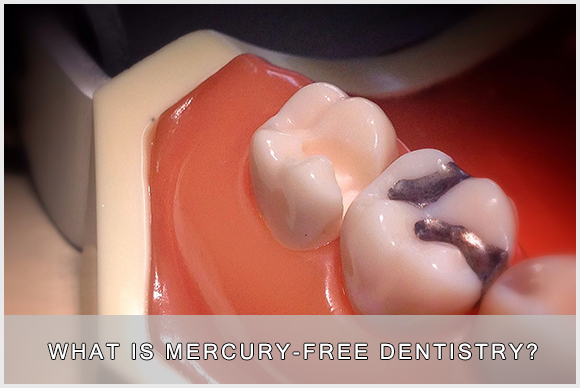Dental Amalgam | What is Mercury Free Dentistry?
The use of dental amalgam or silver fillings has been approved by FDA till recently. Dental amalgam contains about 50% mercury. However by 2008, the FDA officially changed its position admitting that mercury vapors emitted while chewing can negatively affect a person’s health. American dental association still holds the position that amalgam fillings are safe for widespread use.
 History of Dental Amalgam and Mercury Free Dentistry
History of Dental Amalgam and Mercury Free Dentistry
Dental amalgam has been used since late 1800’s and still are being used in many countries due to strength and longevity. However they are those who are very sensitive to this material and as soon as it is removed from their mouth their general health improves greatly. They are no test to indicate who might be sensitive and since mercury can be found in many food such as seafood, it makes it more difficult to pinpoint where is the origin of mercury in the body.
Some people by removing the amalgam fillings, “Mercury free dentistry,” can reduce the amount of mercury in the body and even though it is not a cure for all, it can not do any harm. According to the EPA, amalgam used in dentistry can release mercury vapor when chewing. Inhaled or ingested, this vapor can potentially lead to brain, liver, lung, and kidney damage. While more studies are needed to determine if the amount of vapor released by amalgam is capable of producing adverse effects, five states now have informed consent laws requiring dentists advise patients of the dangers of, and alternatives to amalgam.
At West LA Dental we practice mercury free dentistry, which means that we do not fill cavities with dental amalgam. They are few alternative to mercury fillings. Tooth-colored fillings are made from a composite resin material that can be matched to your tooth color. There are also some additional mercury free dentistry alternatives and more expensive options such as gold or porcelain inlay and onlay which can be made in the lab and be glued into the cavity.








